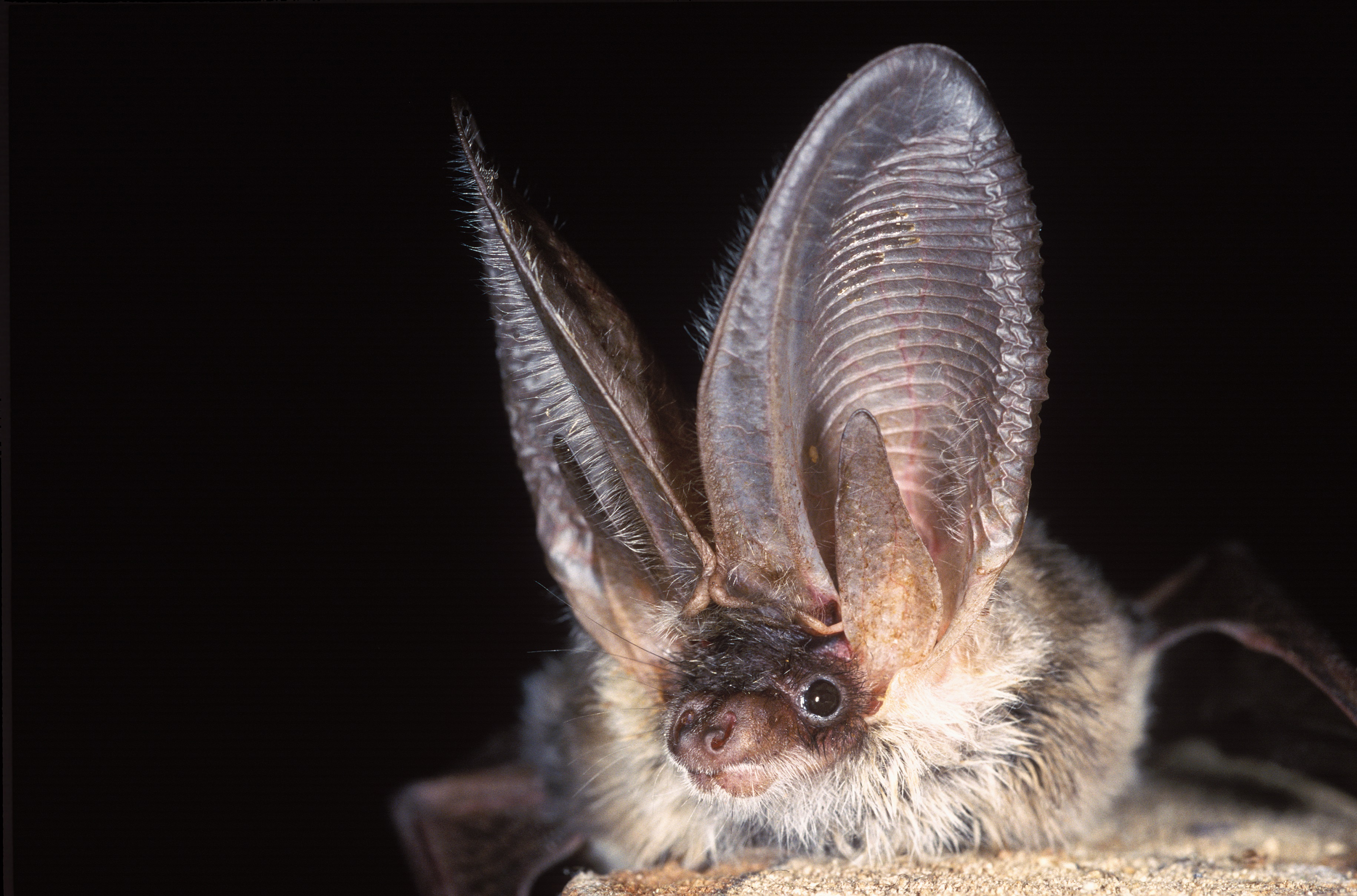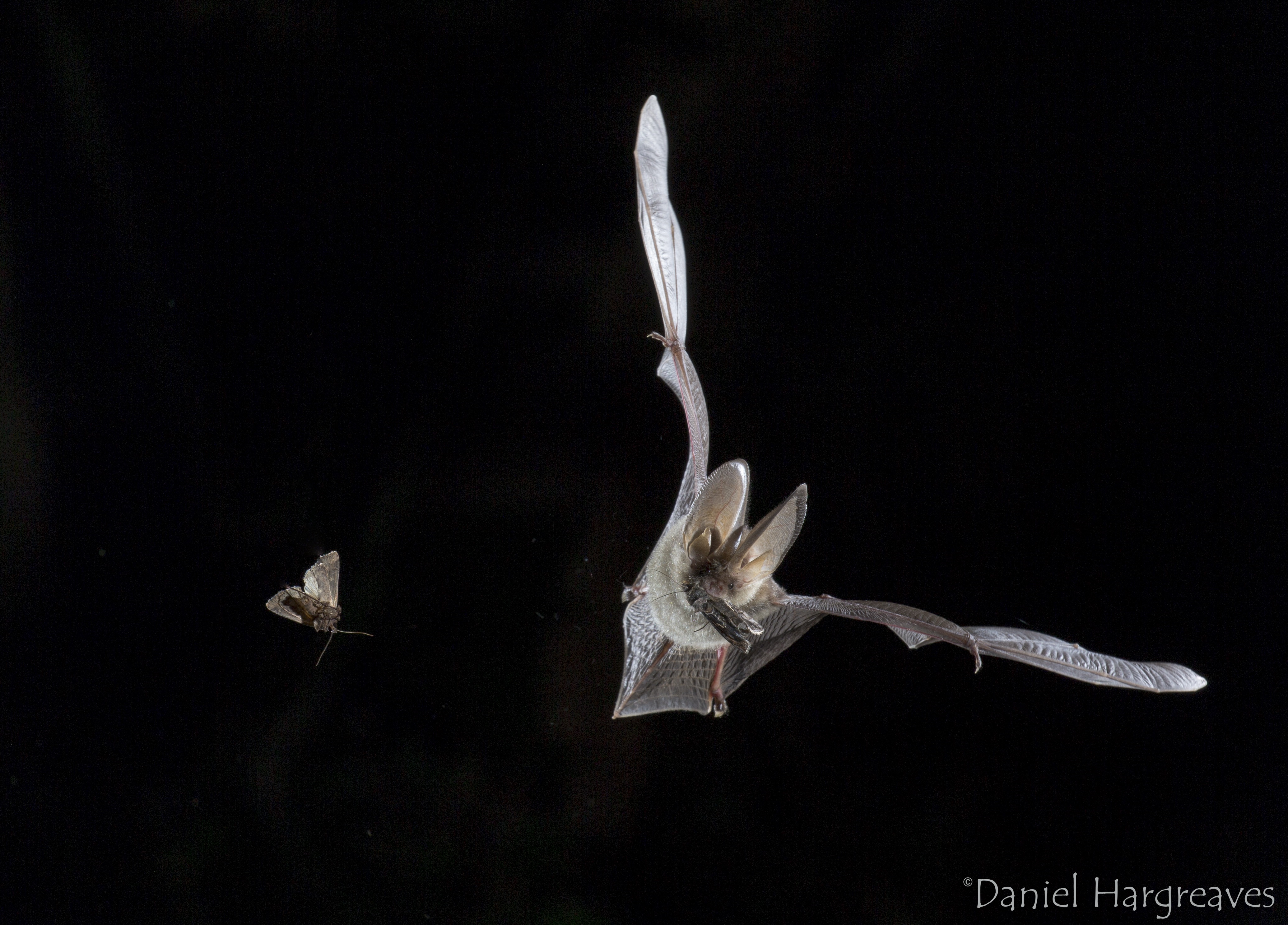These unlikely heroes pollinate crops in the tropics, keep insect populations in check, and are a crucial bellwether for global ecosystem health. A new AI-powered tool at the Bat Conservation Trust is helping researchers understand and protect bat species.
---------------------------------------------------------------------------------------------------------------------------
As the sun sets and the world fades into darkness, millions of bats take flight, communicating and navigating using ultrasonic frequencies imperceptible to the human ear. Behind their flight patterns hides a finely-tuned sonar system which can offer important insights to researchers and conservationists. Today, The Bat Conservation Trust (BCT), a nonprofit organization dedicated to the preservation and understanding of bats, is leveraging artificial intelligence (AI) to decode information hidden in their sounds and learn more about their behaviors, habits, and needs.
Why bats matter
Since BCT was founded in 1991, the charity has grown to nearly 5,000 members with expanding teams of scientists and volunteers supporting their work. BCT works with a varied range of partners, including local bat groups, to monitor bat populations, carry out bat research and on education and outreach projects to further bat conservation.
“Bats are remarkable creatures that are often misunderstood or undervalued by many,” says Lia Gilmour, research manager for BCT’s Science Team. Gilmour explains that there are over 1,400 unique species of bats in the world, with one thing in common: they are the only mammals capable of flight. Bats are a vital part of our ecosystems: often called a bioindicator species, they flag changes to the health or quality of their environment that may result from habitat loss, water contamination, or climate change.
In addition to their important role as a bioindicator species, bats perform vital services in ecosystems around the world. 70% of bat species, including the 18 species found in the United Kingdom, contribute to food security by eating insects some of which can have devastating effects on farmers’ crops. In tropical regions, some bats pollinate plants and disperse seeds, contributing to reforestation. “By eating pest insects, bats are estimated to save up to 16 tons of rice per year in Spain alone. They are the main pollinators of agave plants, without which we would not have tequila. And in Africa, a colony of straw-headed fruit bats disperse enough fruit seeds in a single night to regrow 800 hectares of forest,” Gilmour says. “Without bats, many ecosystems simply wouldn’t function at all."
Species under threat

Photo credit: Hugh Clark
Unfortunately, bat populations are currently under threat: roost destruction, pollution, persecution from humans, climate change, and changing land use leading to habitat loss are some of the primary dangers to bats. In Britain, four native bat species are classified at risk of extinction, including the grey long-eared bat, barbastelle, the greater mouse-eared bat, and serotine. BCT’s efforts show promise to boost population recovery for several other bat species after years of decline, but it will take years of protection and support before they fully recover to their historical levels.
“Once people learn a bit about bats, they tend to be hooked on learning more about this enigmatic group and how to conserve them,” Gilmour shares. “Our main challenge is education: breaking down some of the stigma and negative connotations that have been built up about bats. Sharing the exciting world of bats is core to our mission, and we have an amazing and growing volunteer base that is vital to our work to understand and protect bats in the UK.”
The language of bats
Understanding bat sounds is crucial to their conservation. Bats use echolocation – biological sonar – to navigate and forage in the dark. Each species produces unique echolocation calls, which act like acoustic fingerprints. These sonic signatures carry a wealth of information about species distribution, behavior, and habitats. For the BCT’s NightWatch acoustic survey, volunteers gather recordings from across the United Kingdom using credit card-sized “AudioMoth” sensors, which are placed in a garden, balcony, or other green space.

Photo credit: Joe Nunez-Mino
Unfortunately, analyzing bat calls is no simple task: the sheer number and complexity of these high-frequency sounds present a significant challenge to researchers and conservationists. Traditionally, researchers relied on manual analysis, a labor-intensive and time-consuming process. In response to this BCT, in collaboration with researchers from the University of Edinburgh and University College London, have created an innovative solution to analyze and categorize bat sounds more efficiently: the AI-powered Sound Classification System (SCS).
SCS uses cutting-edge AI image recognition algorithms called convolutional neural networks to learn what different bat species calls sound like. After training with a dataset of known species calls, the algorithm can select and identify calls when presented with new recordings from acoustic surveys like the organization’s British Bat Survey and NightWatch programs.
The system operates fully on the cloud through Amazon Web Services (AWS). BTC uses cloud services including AWS S3, which the BCT uses to safely store its rich archives on the cloud and retrieve data from anywhere and at any time; RDS for MySQL, which performs database administration tasks like creating backups and monitoring key metrics; and rugged Snowcone devices that securely migrated 28 terabytes of vital data onto the cloud.
Cloud services can easily scale to meet demand, and can adapt to peaks in activity like fundraising drives, volunteer recruitment, and program launches. Organizations only have to pay for what they need, and a 2022 Hackett Group study found that organizations that migrated their on-premises workloads to AWS can lower their IT costs by 20%, allowing them to redirect vital resources to further their cause and do more with less. Because of the scalability of these services, BCT’s recording locations have grown from 40 sites to over 400 sites in just two years.
New program takes flight
Using cloud services to power AI tools like the Sound Classification System has had a positive ripple effect on the BCT’s other programs. “The amazing thing about the SCS is its fundamental importance in such a range of projects we are involved in at BCT,” Gilmour says. From the National Bat Monitoring Program, to a PhD project that explores how bats offer ecosystem services to vineyards in the UK, to projects such as NightWatch that focus on getting new generations and people from diverse backgrounds into nature recording, the applications that the SCS offers are exciting and ever-expanding.”
The power of AI for nonprofits
BCT’s trailblazing efforts are a testament to the transformative power of technology for nonprofits, as well as in the fields of conservation and research. AI and cloud technologies enable the processing and analysis of massive amounts of data with unprecedented efficiency and accuracy, which can be leveraged to protect vulnerable parts of the natural world. As the world grapples with climate change and biodiversity loss, using technology to drive research forward has become essential. BCT is exploring the synergies between technology and conservation, unlocking new frontiers in wildlife conservation and protecting the delicate balance of our world’s ecosystems.
Support the Bat Conservation Trust and learn more about their initiatives by visiting: www.bats.org.uk
Learn more about how cloud technology can help charities make a bigger impact here












Recent Stories